Facts and Figures
At the time of its release in 1998, Ringu (pronounced as Ring, even though it is written as Ringu or リング) became the highest-grossing horror film in Japan. The American adaptation, The Ring, was released in 2002, and was also financially successful, grossing close to $250 million. Although they share similar plot points and themes, and both were financially successful, the two films differ quite a bit. For instance, The Ring had a budget of $48 million and Ringu had a budget equivalent of $1.2 million USD. This simple comparison is reflective of some of the major differences between the films because I see the comparatively larger budget of The Ring as actually contributing to many of its failures. I also see some of the stylistic and narrative differences as being reflective of two different cultures.
In this article, I describe why I prefer Ringu over The Ring, and why at this point in time I even struggle to sit through the American film in its entirety. I also describe the unexpected discovery of Dr. Tomokichi Fukurai, who performed psychological tests on several mediums and clairvoyant men and women in Japan in the early part of the 20th century. Fukurai’s (1931) book, Clairvoyants and Thoughtography, provided some of the inspiration for both characters and story in various iterations of the Ring series. I conclude with a final discussion of technology, the paranormal, and what the ring might be.
Ringu (リング) and The Ring
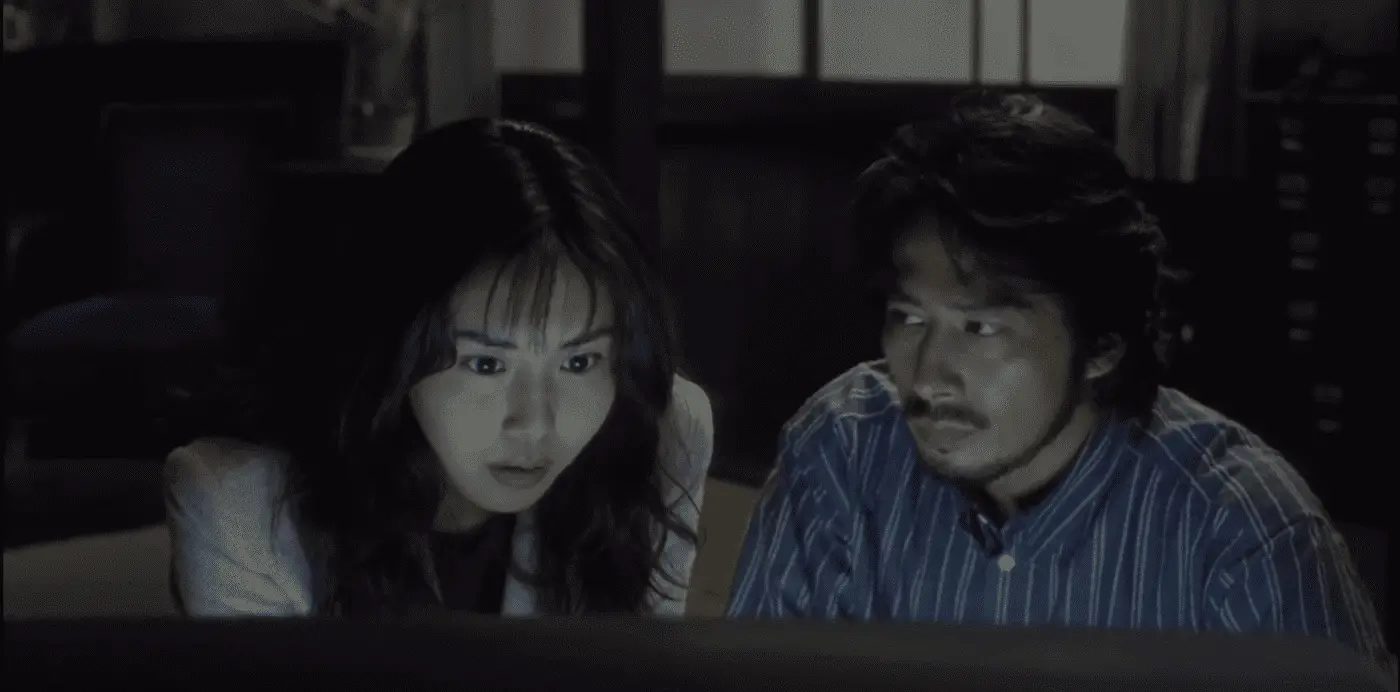
Although the plots of both films are similar, Ringu is visually much darker—many scenes are dimly lit, and filled with shadows. In general, Ringu is visually subdued and its color palette is fairly muted. There is a kind of coldness that pervades the surface texture of the film, but a deep, undulating force that quietly propels the story along. The only moment in the film that is filled with adrenaline is when Asakawa (Nanako Matsushima) and her ex-husband Ryuji (Hiroyuki Sanada) are desperately trying to empty the well in which Sadako’s body was found before the sun goes down. Other than that, Ringu has a much slower pace than The Ring, and though it has its scares, the story unravels almost gently. Also unique to Ringu—and one of my favorite aspects of this film—is that every major character seems to be somewhat psychic or deeply intuitive. Asakawa, Ryuji, and even Yoichi (Rikiya Otaka) have visions, hear things, and are moved by invisible forces, and although Asakawa’s visions may have only begun after she saw the tape, Ryuji seems all too comfortable with the vision of a dead Tomoko approaching him in broad daylight. I always felt like this vision represented something that was both terrible and familiar to him. Additionally, I imagine this inclusion of visions and intuitions is also reflective of a cultural difference, that is, a preference for the introverted and intuitive, as opposed to the more American extroverted sensation-oriented culture.
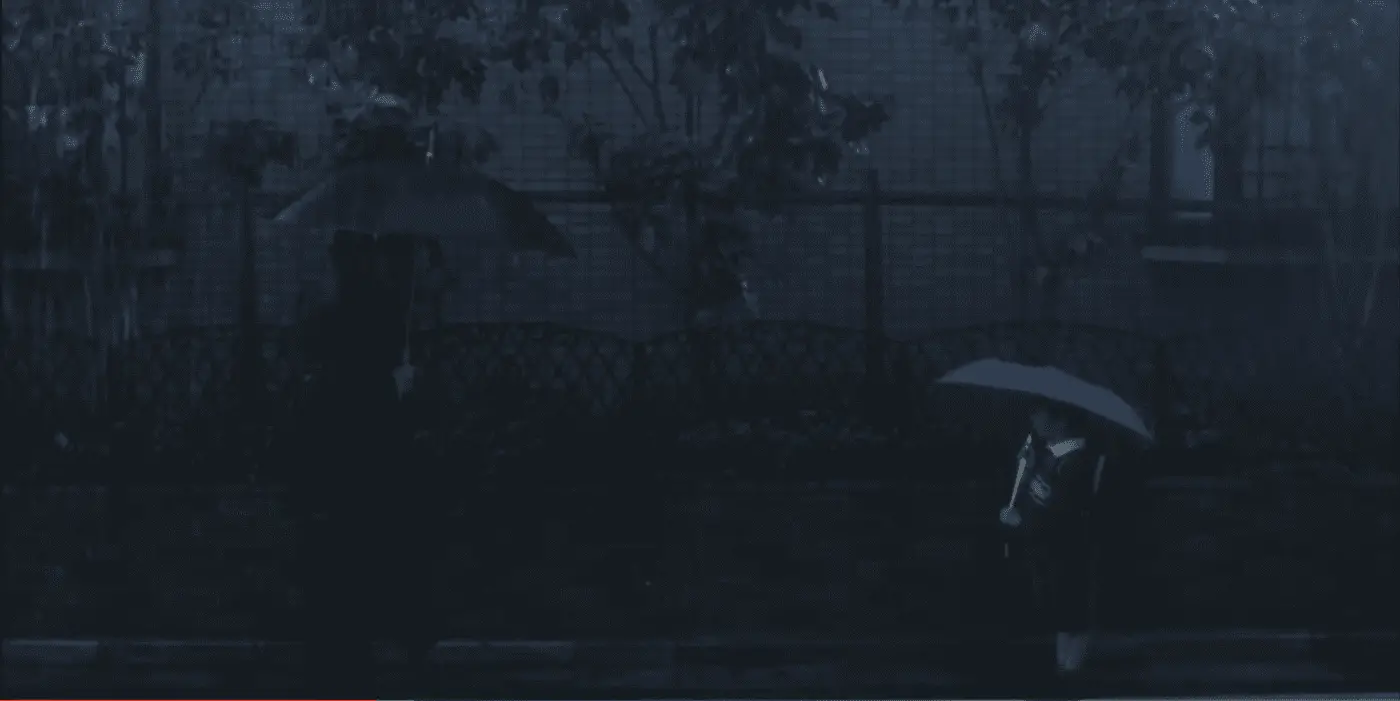
In comparison with Ringu, The Ring has more jump-scares and is generally a much louder film. In The Ring, the cursed videotape is also more gruesome—it features a box of severed twitching fingers, a finger being pierced by a nail, intestines being pulled out of a gaping mouth, and a woman leaping off the top of a cliff. There are also surreal images of a chair floating and spinning in the air, and a gigantic ladder against an endless wall, which falls onto the floor. A high-pitched screech also rings out in this version of the tape which, again, feels heavy-handed, as if someone is saying, “This is a scary tape!” In Ringu, the tape is mostly silent, except for a strange violin-like scratching sound and a quiet, low-frequency reverberation. Asakawa and Ryuji also discover a cryptic phrase mixed into the background—“frolic in brine, goblins be thine”—which is absent in the American version.
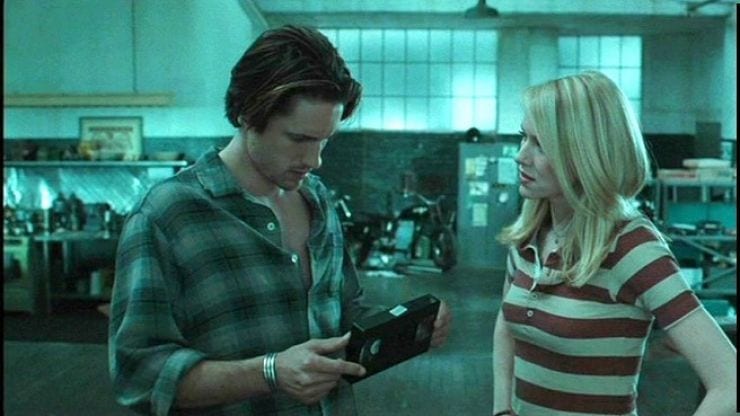
The Ring is also highly color-graded—almost every scene is a sickly green or overly blue. This monotone color palette also adds to the unreality of this film, to say nothing of Aidan’s (David Dorfman) awkwardly written dialogue and Rachel’s character, who at the outset of the film seems utterly oblivious. In Ringu, Asakawa is focused and concentrated—to me, she is a believable journalist, whereas Rachel is angsty, somewhat superficial, and as a character, underdeveloped. Another major difference in the plot is that Asakawa seeks to solve the mystery of her niece Tomoko’s death because she wants to; whereas, in The Ring, Rachel’s sister implores her to do so. In other words, Asakawa is led by an internal drive, whereas Rachel has to be pushed from the outside.

As far as the child of each protagonist is concerned, both Aidan and Yoichi are stoic, quiet children who are often left alone by their mothers and have no relationship with their birth fathers. However, Yoichi radiates a quiet loneliness, while Aidan appears to have no personality, which often feels robotic. When I watch Ringu, I feel concern for Yoichi, but when I watch The Ring, I struggle to feel compassion for Aidan. Although there are incredibly talented actors in this film—like Naomi Watts and Brian Cox—their acting abilities, unfortunately, cannot save the film from its poorly written dialogue.
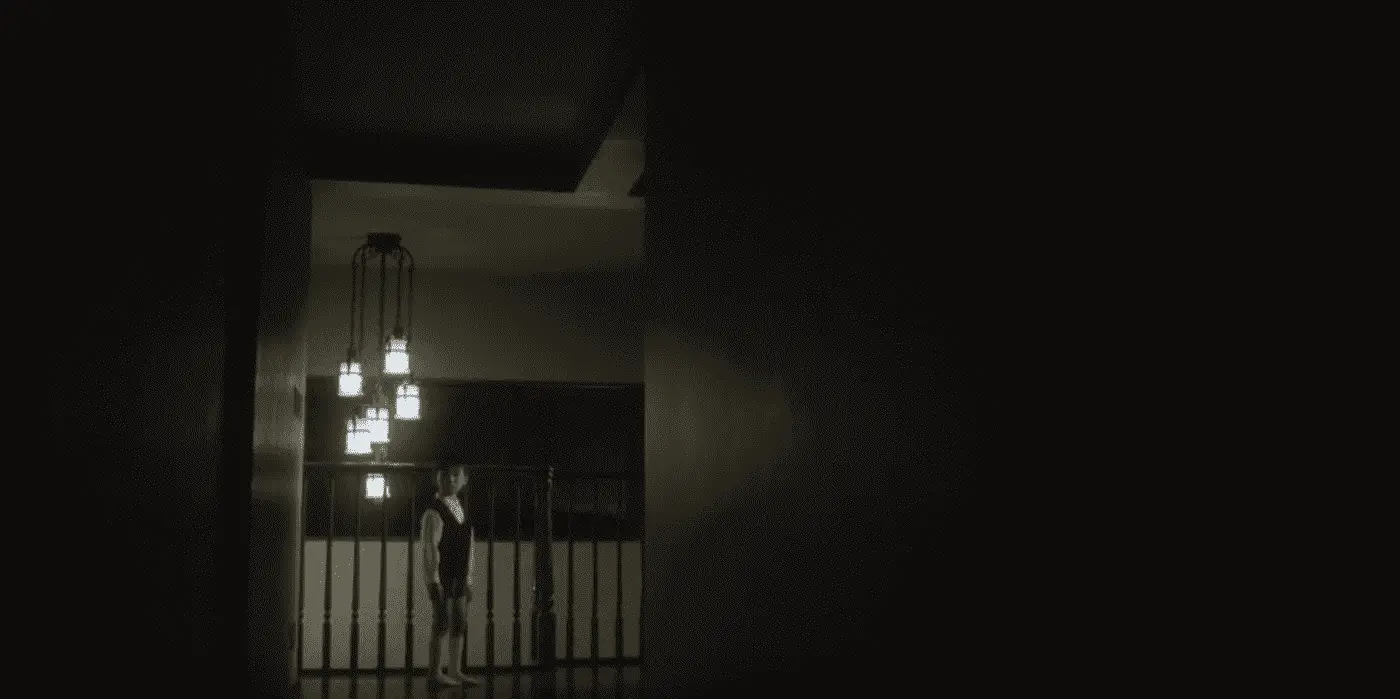
Another contrast between the two films is the faces of those who die after they see Sadako or Samara. In Ringu, the victims’ faces are frozen in a scream, but in The Ring, their faces are drowned, mutated, and alien. In Ringu, there are moments when Sadako is reflected in the television screen, but in The Ring, there is a faint, quickly moving blur, which was clearly created by a computer. It might be cliché to say, but I think that having a smaller budget forces creativity—or perhaps in this case, some realism—in a way that having an exorbitant budget does not. I feel like The Ring was a missed opportunity to create a different kind of American horror film—something that could have been subtle, quietly disturbing, and more reminiscent of its Japanese predecessor.
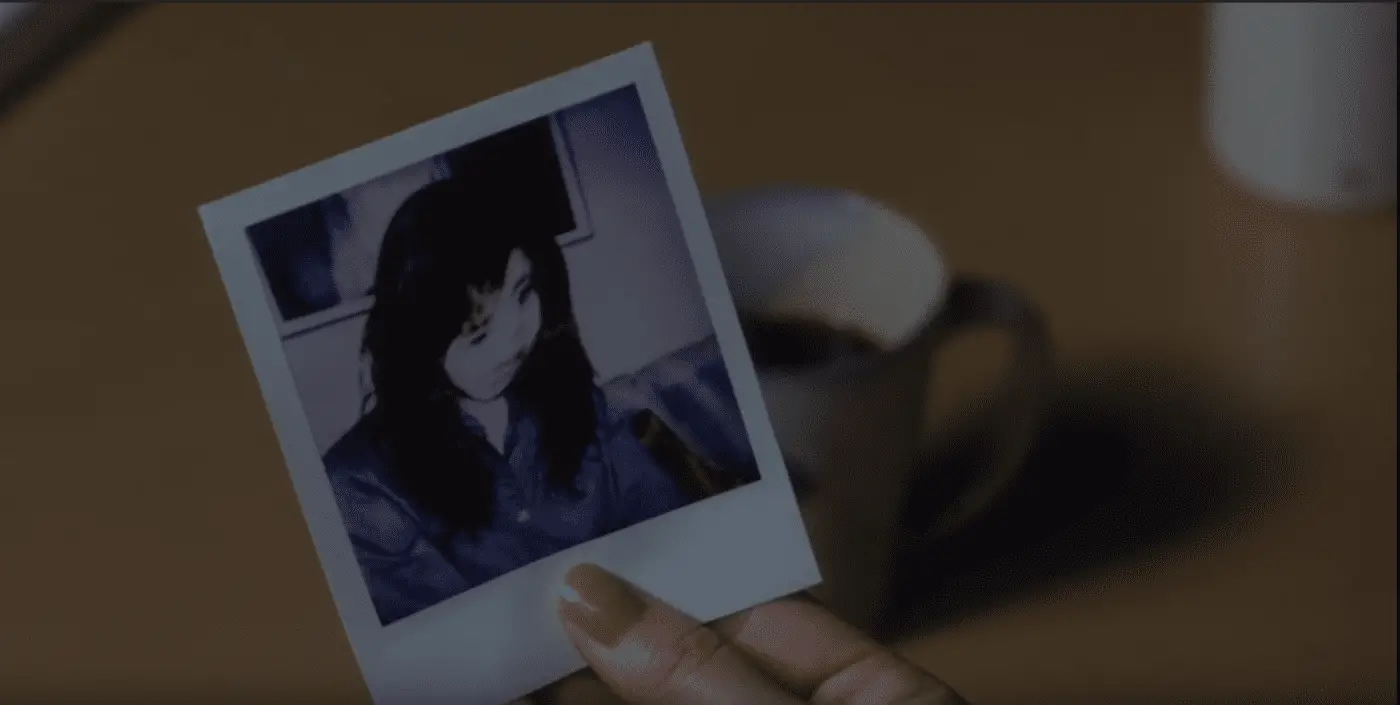
Regardless, I continue to appreciate Ringu for its introverted creepiness, shadowy visuals, and what I perceive as subdued emotional performances in a way that I could not readily appreciate as a teenager. Now, I turn my attention to some of the source material that served as inspiration for this series.
Dr. Fukurai’s Experiments
One of the most unexpected discoveries in researching for this article was that a small portion of the Ring series’ story—Koji Suzuki’s 1991 novel, the 1995 film Ring: Kanzenban, and the more popular 1998 film, Ringu—was partly based on historical events. In Ringu, Asakawa and Ryuji discover that earlier on in the 20th century, a doctor experimented on a clairvoyant woman named Shizuko Yamamura, who correctly predicted a devastating volcanic eruption. Unfortunately, Shizuko was ridiculed by many, which compelled her to commit suicide by leaping into a volcano. Later, Ryuji and Asakawa discover she had a daughter named Sadako, who had immense psychic abilities: she could kill people with her mind. After doing some brief searching, I was surprised to find out that the experiments that are depicted in the film actually took place. In one scene, we see Shizuko correctly writing the correct calligraphic characters that were written by someone else and hidden from her view. Dr. Fukurai actually performed many of these experiments with several psychics, both male and female, in the early part of the 20th century.
In a book called Clairvoyance and Thoughtography, Fukurai (1931) documented all of his experiments with psychics in great detail, and I was surprised to find many of the elements included in Ringu were present in this book. For example, the very first case is about a woman named Miss Chizuko, who Dr. Fukurai met for the first time in 1910. Chizuko had moderate successes as a psychic, but as she gained notoriety, 15 other mediums in the area suddenly emerged, including her own sister. After some of these psychics were proven to be fraudulent, a local newspaper singled out Chizuko and called her abilities “doubtful” (p. 16). In addition to this ridicule, she felt herself to be “of no use to this world” with so many other psychics suddenly surrounding her (p. 17). Not long after this, Chizuko committed suicide by ingesting poison.
Dr. Fukurai (1931) worked with another medium named Sadako Takahashi. Unlike Ringu, Sadako was not the daughter of a psychic, and at the time of these experiments, she was not a young girl, but a married woman. However, Sadako was not just Sadako. According to Dr. Fukurai (1931), she had two other distinct personalities: St. Nichiren, and another that described itself as a “long-nosed goblin” (p. 164). The goblin personality seemed to manifest much more prevalently outside of Sadako’s awareness and often acted on behalf of her well-being. Dr. Fukurai (1931) also stated that Sadako often became absorbed in her own anger, anxiety, and agony, to the point of bringing about physical changes in her body. Sadako’s supposedly psychic abilities were discovered in the summer of 1910, when her husband, Mr. Takahashi, directed her in a deep-breathing exercise, which allowed her to enter a state of deep concentration (p. 167). Months later, in November of 1910, Sadako spontaneously entered the same state of deep concentration in the middle of the night. This time, Sadako saw “a vision of something like a roll” on which words were written (p. 167). Strangely, even though her experiments with Fukurai “resulted well”, she refused to consent to any further investigations from that point on (p. 169).
Fukurai’s experiments with Sadako and other psychics were often undertaken using what he termed, “thoughtography”, that is, psychically imprinting images or words onto photographic plates. Some of the images that are presented in Sadako’s story are described as being “pictured by the secondary personality, the goblin” (p. 184). I mention this because, in Ringu, there is a voice on the videotape that says, “frolic in brine, goblins be thine.” I wondered if this was somehow part of the original inspiration to include this cryptic quote or if it was just a coincidence. Additionally, some of Fukurai’s experiments resembled those in Ringu, in which the psychic had to correctly duplicate a word or sequence of words that had been sealed inside an envelope and locked away.
I found Chizuko and Sadako’s stories to be fairly interesting, but as I sifted through Fukurai’s (1931) book, I found images created by a man in England named Mr. William Hope. I have no idea why this story and its images horrified me as much as they did because Fukurai (1931) described Hope as being, “a most jolly, care-free, and lovable man, with an innocent heart, who smiles like a child while talking” (p. 236). However, I was deeply bothered by the images he produced, whether or not they were the result of a psychic process. At this point in the book, Fukurai (1931) called his work with Hope “Experiments in Spiritography and Thoughtography.” Hope completed several plates for Fukurai, and some of them feature the floating head of a woman superimposed just above Fukurai’s head. I was shocked to read, “There appeared further, on Fig. 115, something like a ring round the head of a woman” (p. 240) (italics mine).
Later, referring to another image, Fukurai (1931) stated, “The latter is a picture of a disfigured ring” and then, “Though different in their forms, these two rings, I think would be attributed to the function of the same spirit; that is, the spirit that produced the ring of Fig. 116” (p. 243). I wondered if this was where the ring actually originated. I was also reminded of the photographs of those who have seen the cursed tape—they are distorted and smeared, as if their humanity is gone, or at the very least, temporarily disrupted. Fukurai’s (1931) eerie photographic plates—which, in the case of Hope, include his own portrait—are also a kind of visual disruption. Why is it that seeing this distortion is so disturbing? Is it because instead of a human face, there is a smeared, bulging skin-colored shape? Or are we reacting because, in some sense, we actually do see something of ourselves in these distorted faces? Further, the corpses in Ringu and The Ring are also frozen in their last moment of life, as if trapped on a photographic plate.
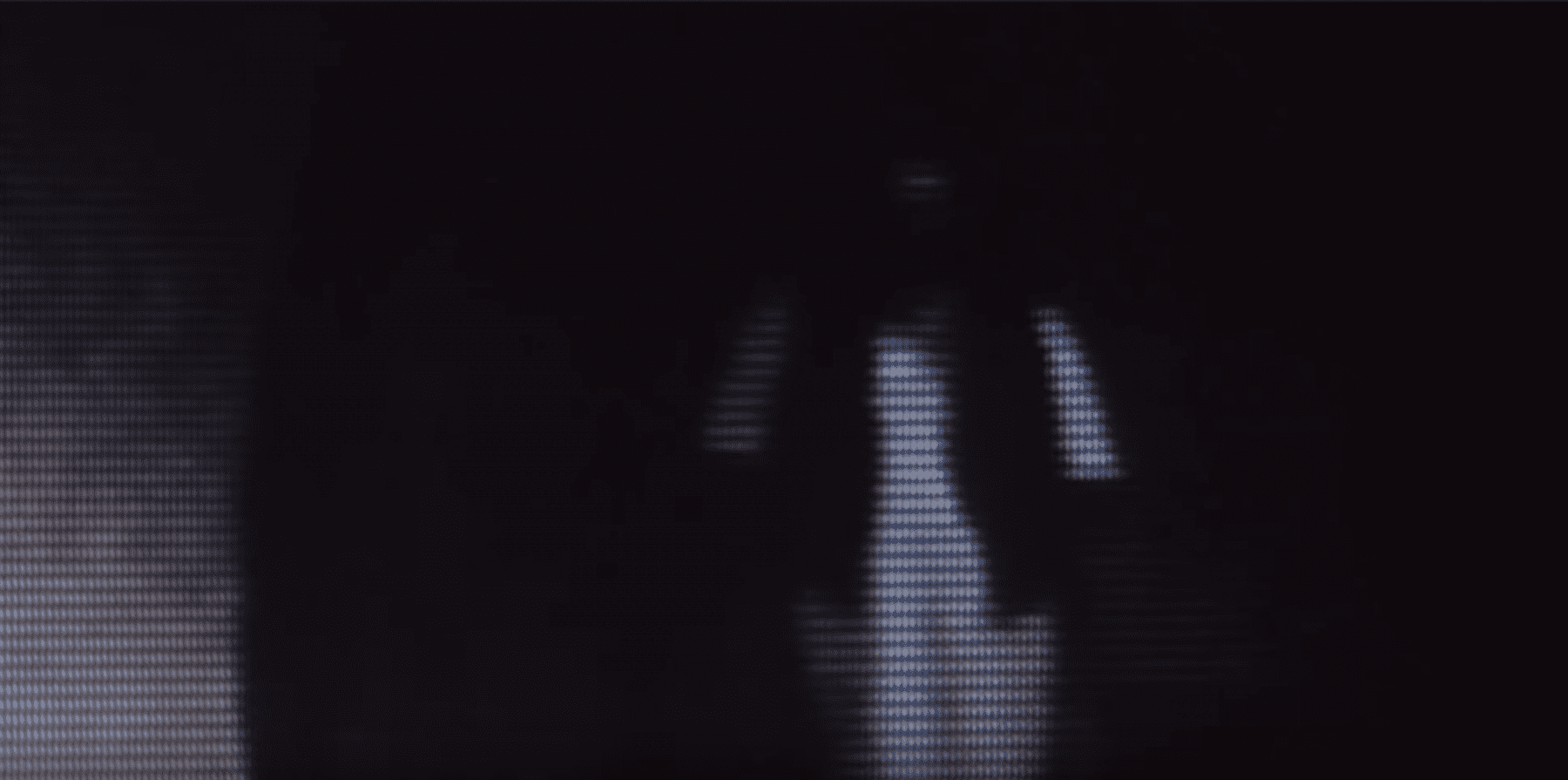
I am not sure why the interaction between the paranormal and technology is so disturbing, but I tend to believe that the answer is a psychological one. I think we fear our own creations, because we sense their potential for destruction, whether it’s something obvious like a weapon or something seemingly benign like a video camera or a laptop. Perhaps supernatural or paranormal images are the most apt metaphors we have for human creation that has gone awry, or in the case of the Ring series, become a visual virus. Is there also something in this story about the dangers of voyeurism, especially in relation to our own desire to witness cruelty or violence? Too many stories come to mind—police brutality, torture, and gun violence, all streamed live via a multitude of social media platforms. We no longer need to pass a videotape around: everything you could ever want to see is readily available at any time. I wonder if our incessant desire to see will eventually lead to the loss of our humanity–maybe it already has.
What is the Ring?
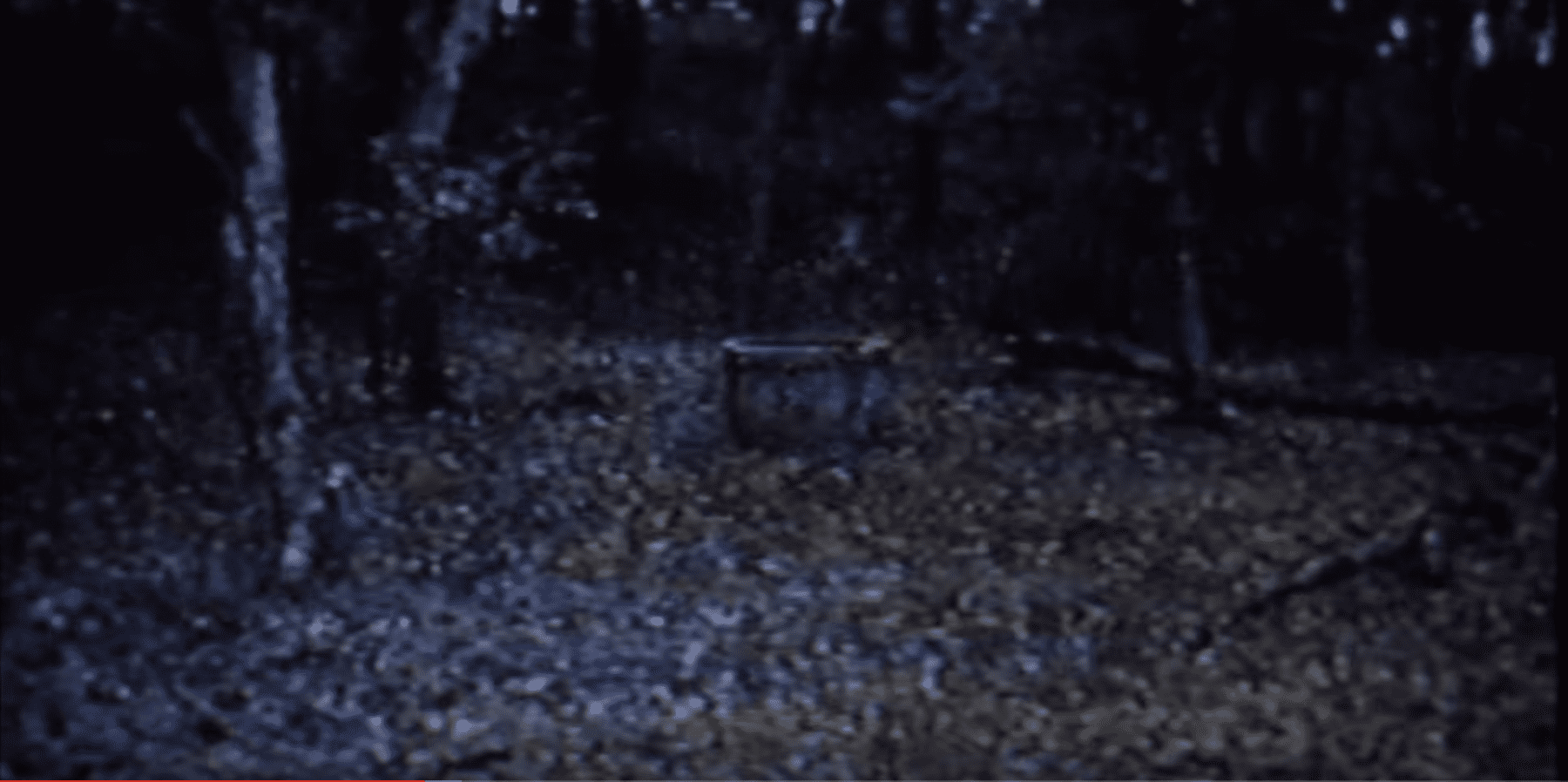
In the narrative of both films, the ring began as Samara’s and Sadako’s perspective—it was their view of the sky from the bottom of the well, which eventually became their tomb. Then, with the creation of the videotape, the ring became a symbol, a metaphor for the cycle of death wreaked by Samara and Sadako. But what else is it? Is it the cyclical way in which humans attack what they don’t understand? Is it a reel of film, the plastic wheels that spin magnetic tape, a revolving disc? Is it a cursed mandala, a symbol of wholeness turned inside out, transformed into an image of nihilism and nothingness? Every image has its shadow, and perhaps this ring is the dark side of meaningful wholeness, that is, meaningless fragmentation. Maybe it speaks to the darkness of unity, like people who join together out of hatred or create cults that become psychological or even physical prisons. In both Ringu and The Ring, the protagonist is led by her curiosity into a mystery, and eventually, down into a well of death, but rather than emerging as a transformed being, she emerges with nothing. I say this because, technically, she had already saved her own life when she copied the tape, so although the descent into the well fills out the narrative, it actually does nothing to save her life, her ex’s life, or her son’s life.
At the conclusion of each film, both Rachel and Asakawa suffer the loss of their ex-husbands and do their utmost to save their sons. They strive to continue living life as best as they can, forever marked by the experience of watching the videotape, and forever guilty for having shown it to others. This is the mark that Sadako and Samara leave behind—in order to survive, you have to be an active participant by spreading the ring virus. If you want to view the tape and live, you have to risk being responsible for the death of another. This mark is then left on their own children. I think this dynamic speaks to the intergenerational wounding that takes place in every nation, culture, and family. There are and have always been misdeeds, wrongdoings, and traumas that travel through families, and that is an inescapable fact of human life. It continues to happen, day after day, month after month, year after year. It is a cycle, continually repeating itself. It is the shadow of the human circle. It is a ring.
Works Cited
Fukurai, T. (1931). Clairvoyance and Thoughtography. Whitefish, MT: Kessinger Publishing.

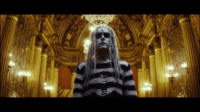

One Comment
Leave a Reply